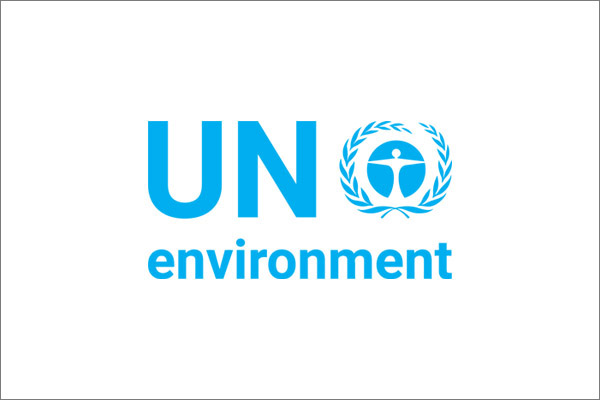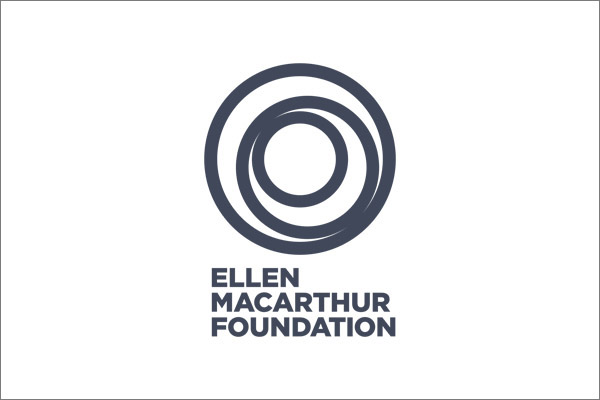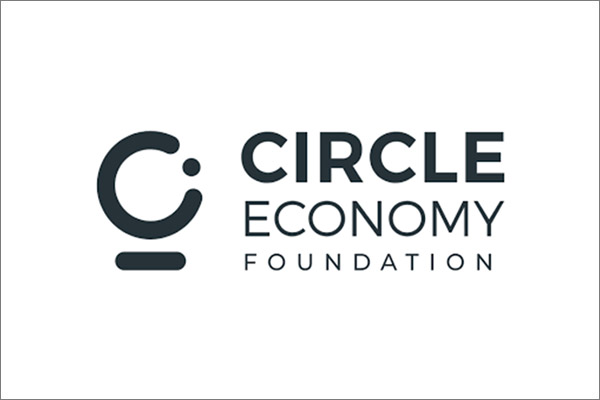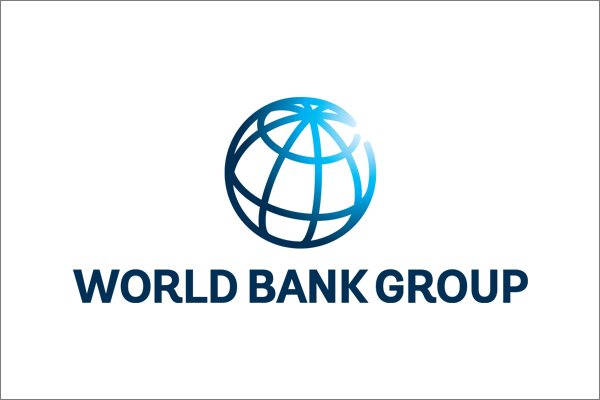Currently the global economy is only 6.9% circular, and over 90% of materials are wasted, lost or remain unavailable for reuse.
Circular Economy is a relatively new concept that challenges the existing Take-Make-Use-Waste system called the Linear Economy model. To make products currently we extract about 100 billion tons of materials from earth every year, out of which only 6.9% is circulated back into system (according to The Circularity Gap Report 2025). This means that more than 90 billion tonnes of materials are wasted every year, and most of them end up in landfill. Linear Economy processes deplete natural resources, pollute the environment, and raise the earth’s temperature to unsustainable level.
Circular Economy is one of the strategies to reduce materials extraction, greenhouse gas emissions, waste and regenerate nature, hence to tackle climate change and other global challenges, like biodiversity loss, waste, and pollution.
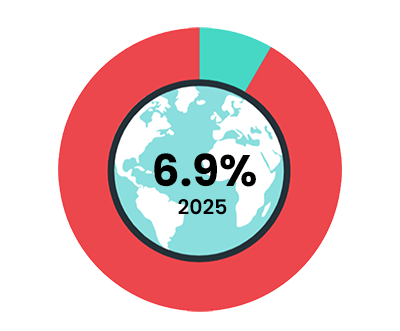
Adopting a “circular mindset” captures new economic opportunities to future-proof your business.
CEO Guide to Circular Economy by World Business Council For Sustainable Development (WBCSD)
United Nations Environment Agency Resolution 1 (UNEP/EA.4/Res.1) specifies that a Circular Economy is one of the current sustainable economic models, in which products and materials are designed in such a way that they can be reused, remanufactured, recycled or recovered and thus maintained in the economy for as long as possible, along with the resources of which they are made, and the generation of waste, especially hazardous waste, is avoided or minimized, and greenhouse gas emissions are prevented or reduced.
ISO 59004 defines Circular Economy as “an economic system that uses a systemic approach to maintain a circular flow of resources by recovering, retaining or adding to their value while contributing to sustainable development”.
Circular Economy is based on three principles, driven by design namely:
- Eliminate waste and pollution
- Circulate products and materials at their highest value and
- Regenerate nature
Being a new paradigm of designing products, services and businesses, Circular Economy, by some estimates, is likely to become a 4.5 trillion-dollar economy by 2030 creating new jobs, businesses and healthy living. It is a win-win model for people, planet and organizations.
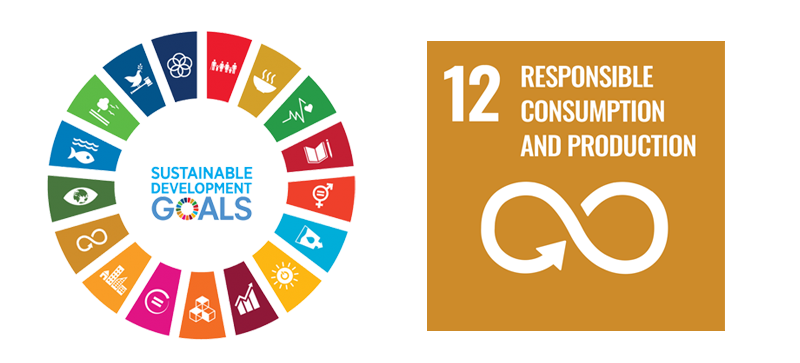
Supporting United Nations Sustainable Development Goal No. 12 “Ensure Sustainable Consumption and Production Patterns”, Circular Economy sets business transformation agenda to decouple economic growth from consumption of finite resources and emissions.
